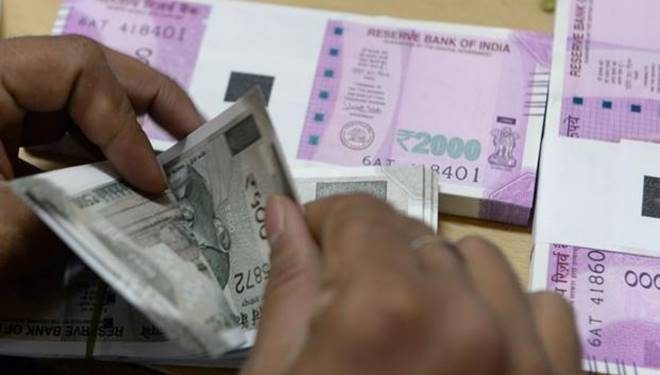New Delhi: All day, there has been talk after hearing Piyush Goyal’s budget speech: where will the government get the money from to bankroll all its ambitious election promises? With four buckets turning into major recipients of government largesse – farm and rural economy, middle class, realty and housing and the unorganised sector – the government has to now find the corpus to pay for these schemes.
The Modi government will take recourse to large dividend transfers by the Reserve Bank of India and PSUs to balance its Budget deficit after announcing a spate of populist measures ahead of the upcoming general election. The government estimates getting `82,911 crore through dividend from banks, financial institutions and the RBI in 2019-20, according to the Budget document.
Even in the ongoing fiscal, it estimates getting `74,140 crore, much higher than the budget estimate of `54,817 crore. In 2019-20, it is targeting `53,200 crore as PSU dividend. The aggregate dividend transfers to the government this year would be some `10,000 crore or about 20% less than the budgeted `52,500 crore.
However, the government is keeping the pressure on some of these companies to buy back their shares as its disinvestment revenue is faltering. The government may raise anywhere between `12,000 crore and `20,000 crore through the CPSE buyback route this fiscal, according to sources privy to the discussions, with ONGC being the latest in the line to stand up.
Department of economic affairs secretary Subhash Chandra Garg said after the finance minister presented the Budget that the government expects `28,000 crore more from the central bank as an interim dividend. The RBI had paid `40,000 crore dividend in August last year. The additional demand comes as the revenue from the Goods and Services Tax, for most part of the year, has lagged the `1 lakh crore monthly target.
Moreover, the government’s planned stake sales in state-run firms are still short of the target, even though Finance Minister Piyush Goyal remains confident of exceeding the `80,000-crore estimate. That leaves the government counting on the RBI to make up for the shortfall as it missed the fiscal deficit target for the second straight year.
The government typically uses dividends from state-run firms, financial institutions and the RBI to fund its additional expenditure. It has pegged such dividends at `1.36 lakh crore in 2019-20. That’s a 14 per cent rise from an already elevated dividend collection of Rs 1.19 lakh crore in 2018-19.
Too Little, Too Late
The shadow of Donald Trump, with trade and economic uncertainties linked to his return to the White House in January...
Read more





































